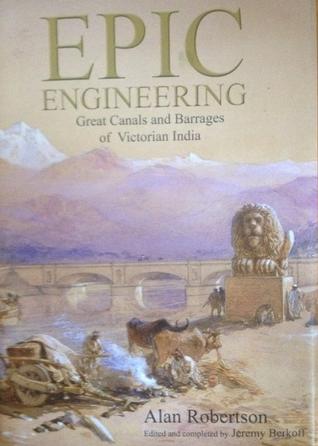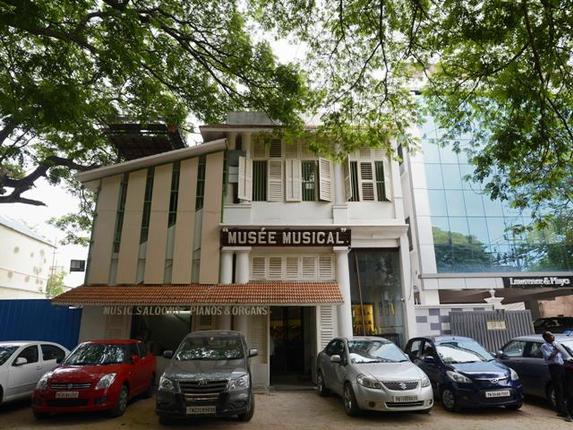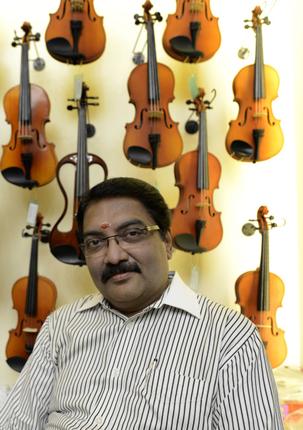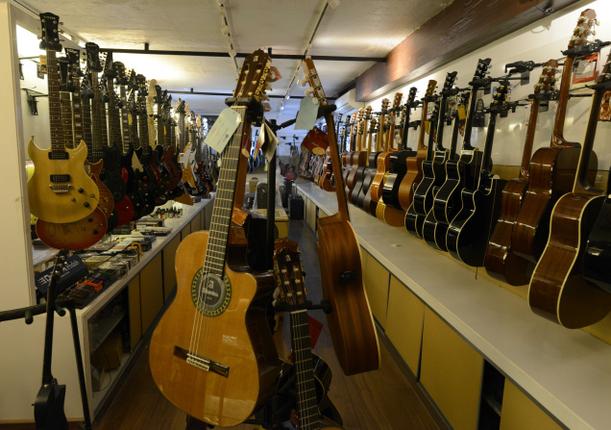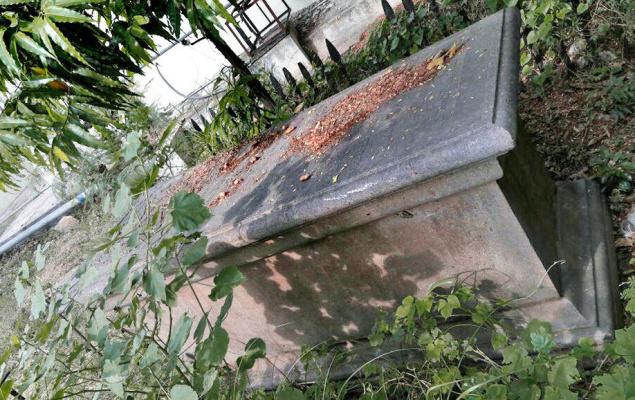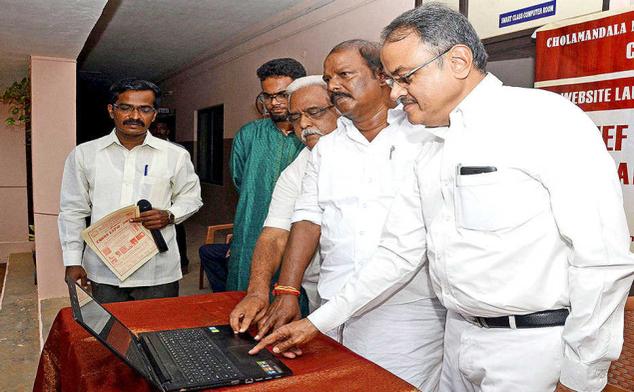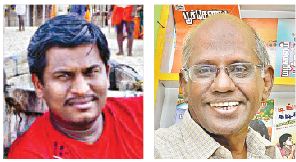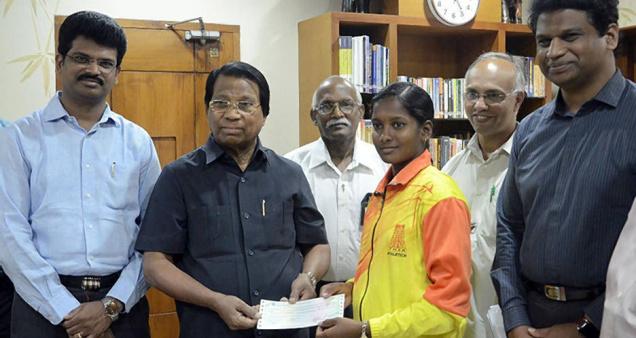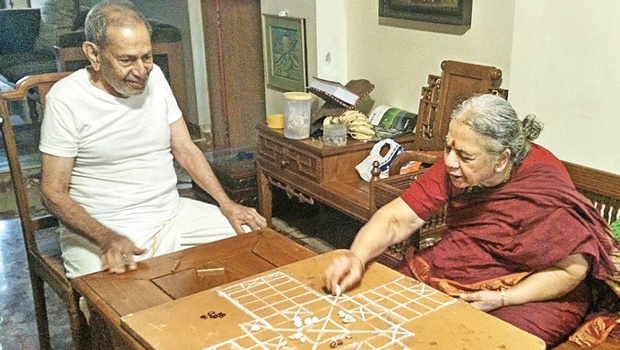
Chennai :
The sound of the long, rectangular brass dice reverberates on the wooden table. “Six and two. You can cut him…and play vettaatam,” instructs 83-year-old Namagiri Lakshmi to her grandson Vijay. Welcome to Dayakattai, a traditional Tamil dice game.
In a race-to-the-finish game (a predecessor to Ludo) you have four rectangles filled with squares that your pieces need to traverse. You start with six pieces in your ‘home’ territory, and you have to pass all the coins through the opponents’ territories and come back home. You can bring the pieces onto the board only if you roll a dayam and you need to ‘cut’ any opponent at least once. The bonus — you get an extra roll of the dice if you get a one, five, six or 12.
In Pagade, which is similar to Dayakattai, you can ‘cut’ the opponent’s pieces and send them back to the start box. However, there are eight safe zones where other players cannot cut you.
Experts like Lakshmi remember playing since they were little. “It used to be a little different back then — if you rolled a 7 or 9, it was a no-play. And we used to sing folk songs as we played,” she recalls. And she can do the mental math and tell you, based on what you’ve rolled, which square your piece will end up in. “Five, two, six, three — this piece will land there,” she says.
In fact, the association with the game runs so deep in the family that just the night before her grandson Vijay was born, his mother Usha played Dayakattai! “We played late into the night and the next morning Vijay was born in the hospital,” she remembers.
Explaining the concept of dokka vettu, she says, “It’s a more recent and violent addition to the game. It’s when your piece gets cut just one square before reaching home. It triggered so many fights between the kids!” Vijay and Usha recall a famous punch-line from the game when one player cut another player in revenge: “Vettuku vettu. Rathathuku ratham (cut for a cut, blood for blood).
The squares used to be drawn using maakkal (chalk-like substance) or even sandal. The coins can be anything from peanuts to cashew nuts. “Kids liked taking edible coins, because when you came back home, you could eat them! Sometimes, they would simply eat one in the middle of the game and say they had already crossed the finish line! It’s tough to keep track because there are six coins a player!” laughs Lakshmi.
With the spirit of game coursing through this family’s veins, looks like it will be quite some time before one can forget the coins and the cuts!
source: http://www.newindianexpress.com / The New Indian Express / Home> Cities> Chennai / by Varun B. Krishnan / June 25th, 2016
